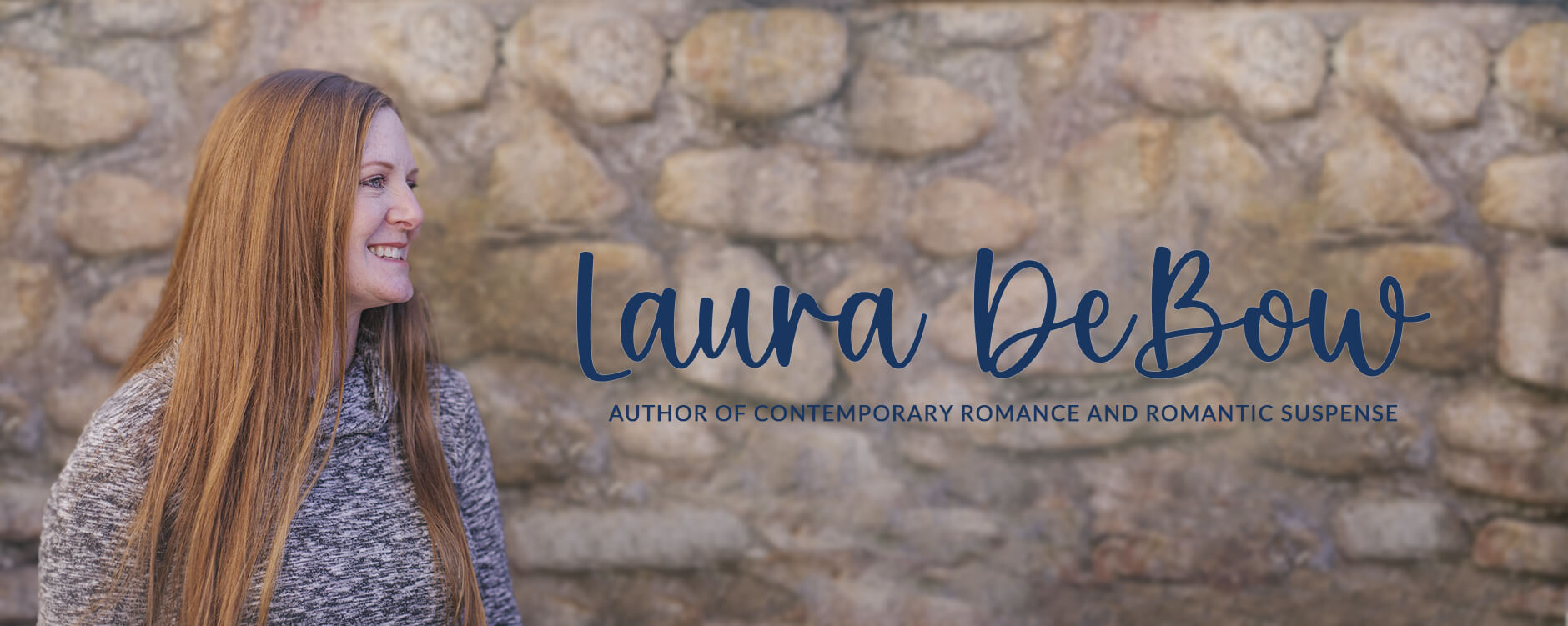
Over the years, I’ve heard many times that watching television kills creativity, particularly for writers. When you consider the numerous mind-numbing TV programs filled with garbage (I’m looking at you, “reality” television!), it’s easy to believe that’s true. There are three main sources of storytelling: books, movies, and television. I still hold that reading (a lot) is the best way to become a better writer, but I believe there is a place for all three. And right now, I feel like television is where it’s at. I’ve watched some downright fantastic shows in the past few years that I believe enhanced my writer’s toolkit. I’m talking about well-written series featuring engrossing storylines, perfect pacing, and dynamic characters with believable arcs.
I don’t have an abundance of time to sit around and watch TV. My prime viewing time is while I’m folding laundry or prepping and cooking dinner. So I’m selective about the TV shows I give my attention to. With the advent of so many streaming services, the offerings are better than ever. Services such as Netflix, Hulu, Apple, Disney, and Amazon – not to mention all the network or cable channel-affiliated options – are all vying for our time and dollars, so their output has become higher quality in their efforts to out-perform other streamers.
I could name several benefits to watching TV as a way to improve writing skills, but here are my top four:
The Cold Open:
The cold open is the action that launches directly into a show, before the title card. It grabs viewers and gets them invested in the story immediately. This hook usually hints at the tone and mood of the episode, as well as foreshadows what’s to come in that installment. The cold open is a great model of an effective hook, demonstrating for writers how to craft a strong start to a novel, or even each chapter. The fan favorite Stranger Things is an excellent example of powerful cold opens. Each episode sucks viewers into the action before we ever hear the ominous intro theme. As writers, we should adopt this technique at the start of our books and chapters, avoiding preamble and diving straight into the story.
The Connection to Pop Culture:
Before kids, when I had an abundance of free time, I enjoyed keeping my finger on the pulse of pop culture. I consumed a steady diet of entertainment, fashion, and celebrity websites and magazines, and talk shows featuring pop culture and TV show recaps. Now I don’t have time for any of that, but I still feel it’s important to have some semblance of modern culture knowledge since I write contemporary fiction. Several shows have knocked it out of the park with pop culture references. Gilmore Girls, the Big Bang Theory, The Unbreakable Kimmy Schmidt, 30 Rock, and Community all are known for the way they weave pop culture into their shows. It’s important to have a clue of what everyone is “into” or talking about if you hope to craft relevant books.
Character Development:
Characters are what make us care about what we’re reading or watching. If the characters aren’t compelling, why bother wasting time on a story about them? They don’t have to necessarily be likable, just interesting. I love a good character arc. With a television series, following the characters’ arcs over each episode is as enjoyable as experiencing a character’s growth throughout a novel. While some characters’ journeys travel toward darkness, I’m a sucker for the redemptive story arc. Without giving any spoilers, some TV shows that have demonstrated outstanding character transformations – both positive and negative – include: Stranger Things (Steve Harrington), Ted Lasso (Rebecca Welton, Jamie Tartt, and Nate Shelley), The Walking Dead (Gabriel Stokes and Negan), and Once Upon a Time (Emma Swan, Regina Mills, and Mr. Gold/Rumpelstiltskin). None of these characters changed overnight. These programs excelled at showing each character’s victories, setbacks, and the emotions those ups and downs elicited along their journey. As writers, we can strive to do the same for our own novels’ characters.
Dialogue:
Great dialogue is key to moving scenes along and revealing character. Whip-smart, fast-paced dialogue is fun to watch and pulls in viewers. If you turn your attention elsewhere during this type of back-and-forth, you’ll likely miss the point of the scene. The Gilmore Girls reigns in this type of dialogue. But zippy isn’t the only engaging style of communication. The BBC’s Sherlock nailed dialogue. Sometimes quick, sometimes slow, always smart. Call the Midwife and Downton Abbey showcase excellent examples of appropriate and accurate speech during the times these period pieces are set. The Crown is a fantastic study in dialogue, so much of it is rich in depth and subtext. The beauty of TV today is that you can pause and back up a show at any time. The next time you view a scene with outstanding dialogue, pause it and consider what makes it great. How can you incorporate that special something into your WIP?
I’m not suggesting anyone turn into a couch potato or trade reading for watching television. However, if the idea of taking in a few TV shows occasionally sets you on edge, I encourage you to understand that television shows are products of WRITING! Television is a form of storytelling, and as a writer, you should be surrounding yourself with stories – in all their forms. Allow yourself to select a handful of quality shows and watch them for research.
What is your opinion of television shows? What benefits of watching TV have you found as a writer? If you’re not a regular viewer, will you consider giving it a try?

